Advertisement
In August 2023, OpenAI quietly introduced something that might have slipped under the radar of the average web user but sent ripples through the digital landscape: GPTBot. Unlike flashy product announcements or corporate unveilings, this was a calculated and foundational step that shaped how future AI models gather and learn from online information.
GPTBot is a web crawler—OpenAI’s own internet-surfing agent designed to collect data for training upcoming models. Its arrival marks a critical shift in how AI companies approach data sourcing, transparency, and digital boundaries. What’s really at stake here isn’t just technology—it’s the architecture of information itself.
At its core, GPTBot was born out of necessity. Large language models, including those developed by OpenAI, require vast amounts of text to become useful. Until now, data collection strategies were opaque and often relied on datasets compiled by third parties. OpenAI decided it was time to own this process, launching GPTBot to actively and deliberately gather online text data under their guidelines. This represents more than a technical tweak—it's a philosophical statement about data responsibility.
By creating GPTBot, OpenAI took control of what kind of information its models consume. It aims to avoid sources that contain personal data or paywalled content and targets publicly available pages instead. This addresses long-standing concerns about how AI models are trained and, more importantly, what ethical standards guide this process. OpenAI's documentation on GPTBot makes it clear that they want to be more transparent. Websites can now choose to allow or block the crawler, a level of consent that was previously blurred.
This move also shows a shift from one-time training datasets toward a living, evolving system. With GPTBot in play, OpenAI’s models can be updated with fresher, more relevant data. That makes the AI more accurate, current, and less prone to regurgitating outdated information—a major limitation in the early versions of large language models.
GPTBot works in the background like most web crawlers do. It visits websites, reads text, and stores that information for analysis and training. However, what distinguishes it from ordinary search engine bots is the specificity of its mission: it's designed not to index information for searching but to digest it for understanding.
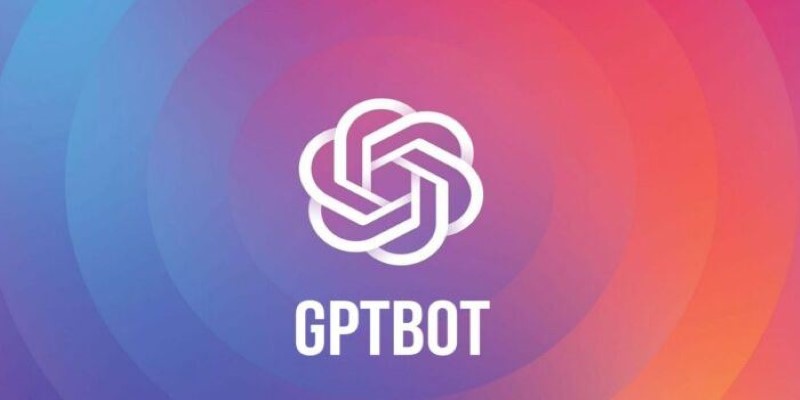
Technically, GPTBot respects the "robots.txt" protocol, meaning website owners can block or restrict access to their sites. This gives webmasters some control, although there’s been criticism about the power imbalance between small websites and data-hungry tech companies. Still, the fact that OpenAI made GPTBot identifiable by user-agent strings is a step toward visibility.
The bot is configured to avoid scraping personal data and any content that lives behind a paywall. It does not interact with forms or login-required areas. Its mission is to gather informative, publicly available content. This is a double-edged sword: it reduces ethical risks but also narrows the scope of information. While that’s good for privacy, it might limit GPTBot’s exposure to niche or deeply researched materials found in more restricted domains.
Another subtle but significant feature of GPTBot is that it's not only about content acquisition—it’s also about maintaining data hygiene. Scraped data is cleaned and filtered before use, helping reduce toxicity, misinformation, and spam. This proactive step reflects OpenAI’s intention to produce more balanced models and avoids amplifying harmful content that might otherwise slip through unchecked.
GPTBot's introduction is a mirror held up to the internet itself. It highlights the growing tension between content creators, AI developers, and the public, who interact with AI-generated content on a daily basis. For website owners, it raises an important question: should you opt in and let your content train powerful AI, or opt out to protect your intellectual labor?

Some critics argue that GPTBot—despite its transparent design—still leans on an uneven power dynamic. Many content creators, bloggers, and educators are skeptical about AI companies leveraging their work without direct compensation. On the flip side, advocates believe that allowing AI access to quality content helps democratize knowledge. Either way, GPTBot brings that discussion into sharper focus.
From a technical standpoint, GPTBot could accelerate the pace at which models improve. Rather than depending on infrequent, manual dataset updates, OpenAI can now roll in fresh information more frequently. This could lead to AI systems that better understand current events, evolving language patterns, and even regional discourse. However, there’s a fine balance to be maintained between quantity and quality. Without thoughtful curation, GPTBot could absorb biased, false, or low-quality information, regardless of its transparency features.
GPTBot also hints at a future where every AI company might operate its fleet of web crawlers. This could create a fragmented landscape where websites must navigate numerous bot policies, leading to crawler fatigue. Standardizing these practices—or creating a shared framework for ethical AI crawling—might be necessary to avoid digital clutter and preserve bandwidth.
More importantly, it underscores a deeper cultural change. The web was once built with the human reader in mind. GPTBot represents a shift toward a web where machines are also the primary audience. This doesn’t mean the internet is becoming less human—but it does mean it’s being shared more equally between people and machines. The consequences of that shift are still unfolding.
GPTBot isn't just a crawler—it's a signpost for how AI is evolving. OpenAI's decision to publicly declare its data collection approach, give websites the ability to opt-out, and clarify its goals signals a welcome shift toward accountability. It pushes the industry to confront long-ignored questions: Who owns web data? Who benefits from AI training? And how do we protect diverse voices online? While GPTBot doesn’t answer every concern, it starts the conversation. It creates a model that others will now face pressure to match. For better or worse, GPTBot is here—and its role in shaping the internet’s future is just beginning.
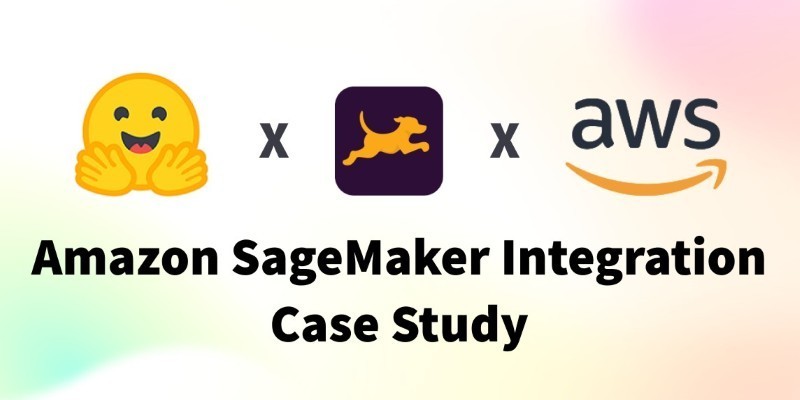
How Fetch cuts ML processing latency by 50% using Amazon Sage-Maker and Hugging Face, optimizing inference with async endpoints and Hugging Face Transformers
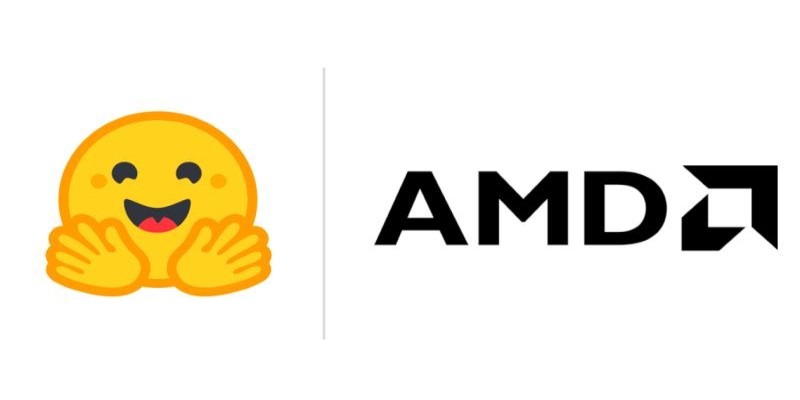
Discover five engaging and creative methods to teach your kids about saving money and instill essential financial literacy skills
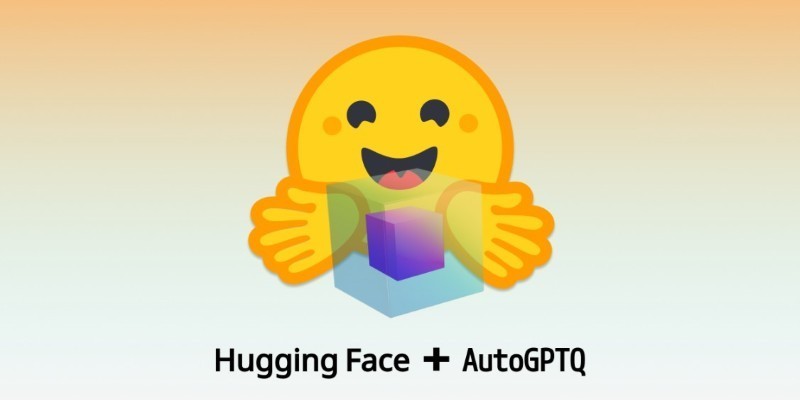
Explore the range of quantization schemes natively supported in Hugging Face Transformers and how they improve model speed and efficiency across backends like Optimum Intel, ONNX, and PyTorch

Swin Transformers are reshaping computer vision by combining the strengths of CNNs and Transformers. Learn how they work, where they excel, and why they matter in modern AI

How AI in food service is transforming restaurant operations, from faster kitchens to personalized ordering and better inventory management
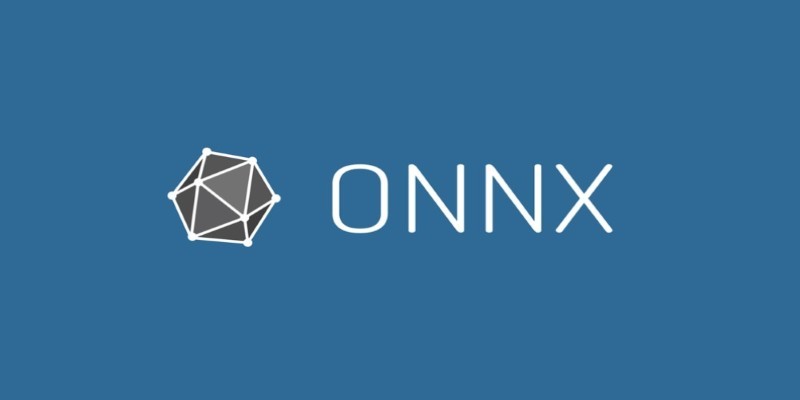
How the ONNX model format simplifies AI model conversion, making it easier to move between frameworks and deploy across platforms with speed and consistency
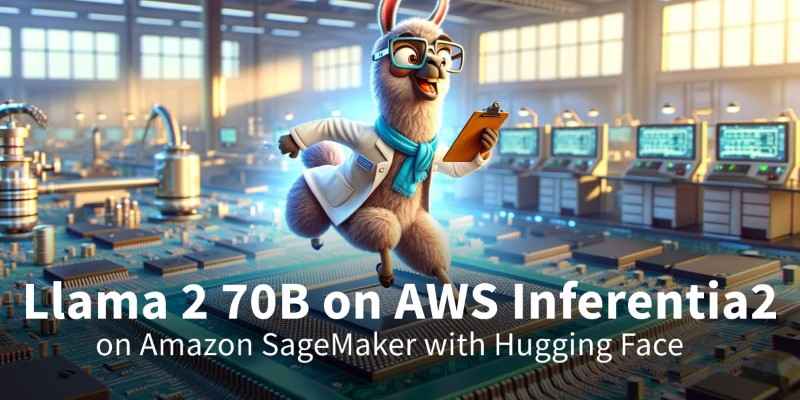
Explore the differences between the least populated countries and the most populated ones. Discover unique insights and statistics about global population distribution
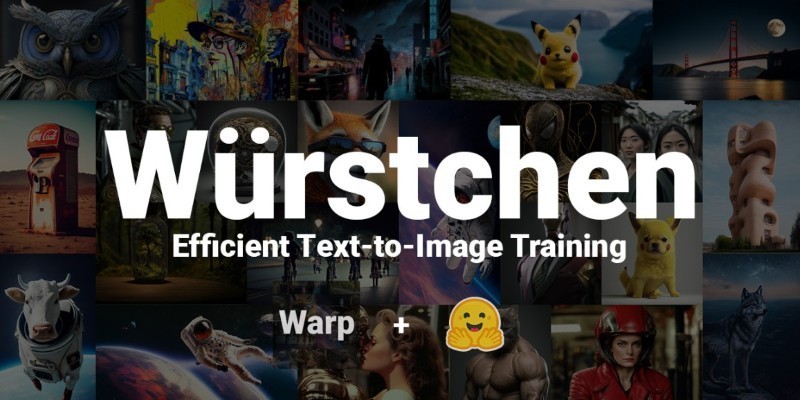
How Würstchen uses a compressed latent space to deliver fast diffusion for image generation, reducing compute while keeping quality high
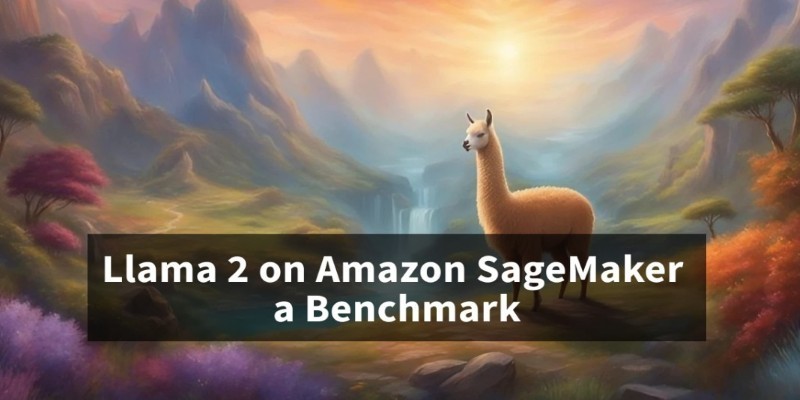
Discover the best places to see the Northern Lights in 2024. Our guide covers top locations and tips for witnessing this natural spectacle
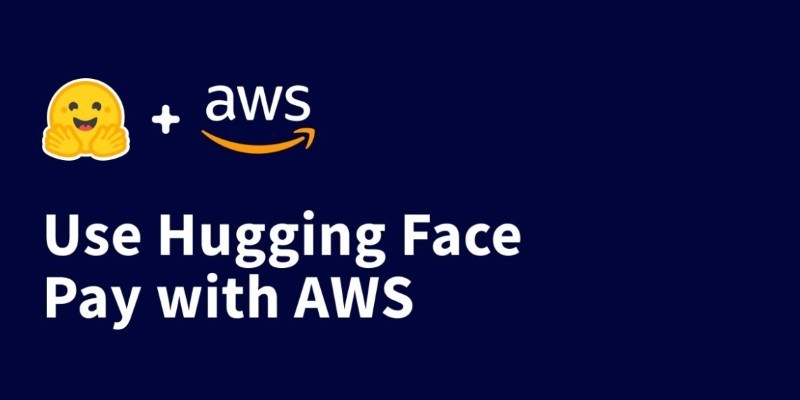
Deploy models easily and manage costs with the Hugging Face Hub on the AWS Marketplace. Streamline usage and pay with your AWS account with-out separate billing setups
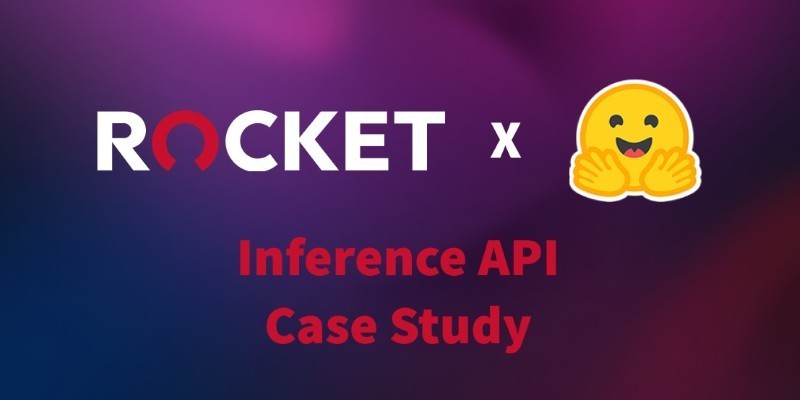
How Rocket Money x Hugging Face are scaling volatile ML models in production with versioning, retraining, and Hugging Face's Inference API to manage real-world complexity
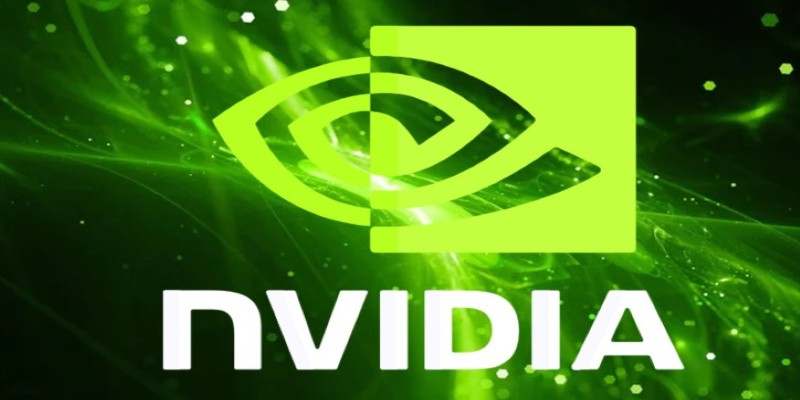
Nvidia's Perfusion method redefines AI image personalization with efficient, non-destructive customization. Learn how this breakthrough approach enables targeted learning without model degradation